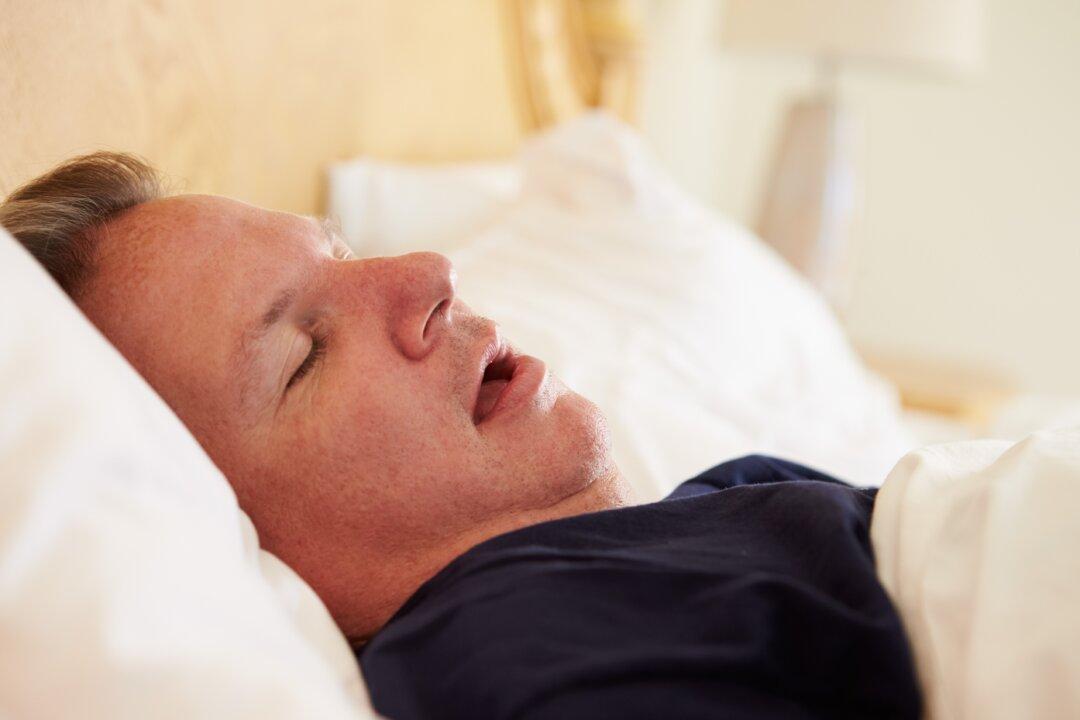If you’ve been hunkering down and watching the news, you probably know about the emerging developments on the CCP(Chinese Communist Party) virus, revealing many seriously afflicted cases—those in intensive care or dying—suffer from two common medical conditions: hypertension (high blood pressure) or obesity.
While these data are intriguing, we can drill deeper to learn more about these “co-occurring” conditions (or comorbidity in doctor-speak) to find additional links.






